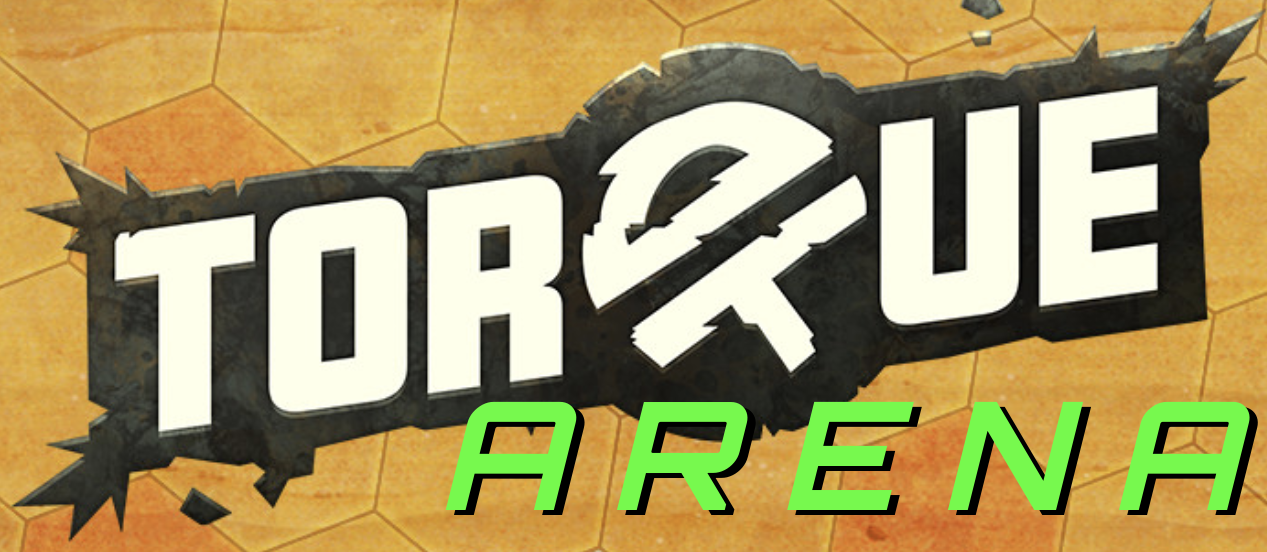
Torque Arena is a tabletop miniatures sports game set in a solarpunk post-collapse world where crews of seekers face each other in the arena to win favor and resources for their respective communities.
Lead your crew.
Harness the torque.
Fell the rival’s totem!
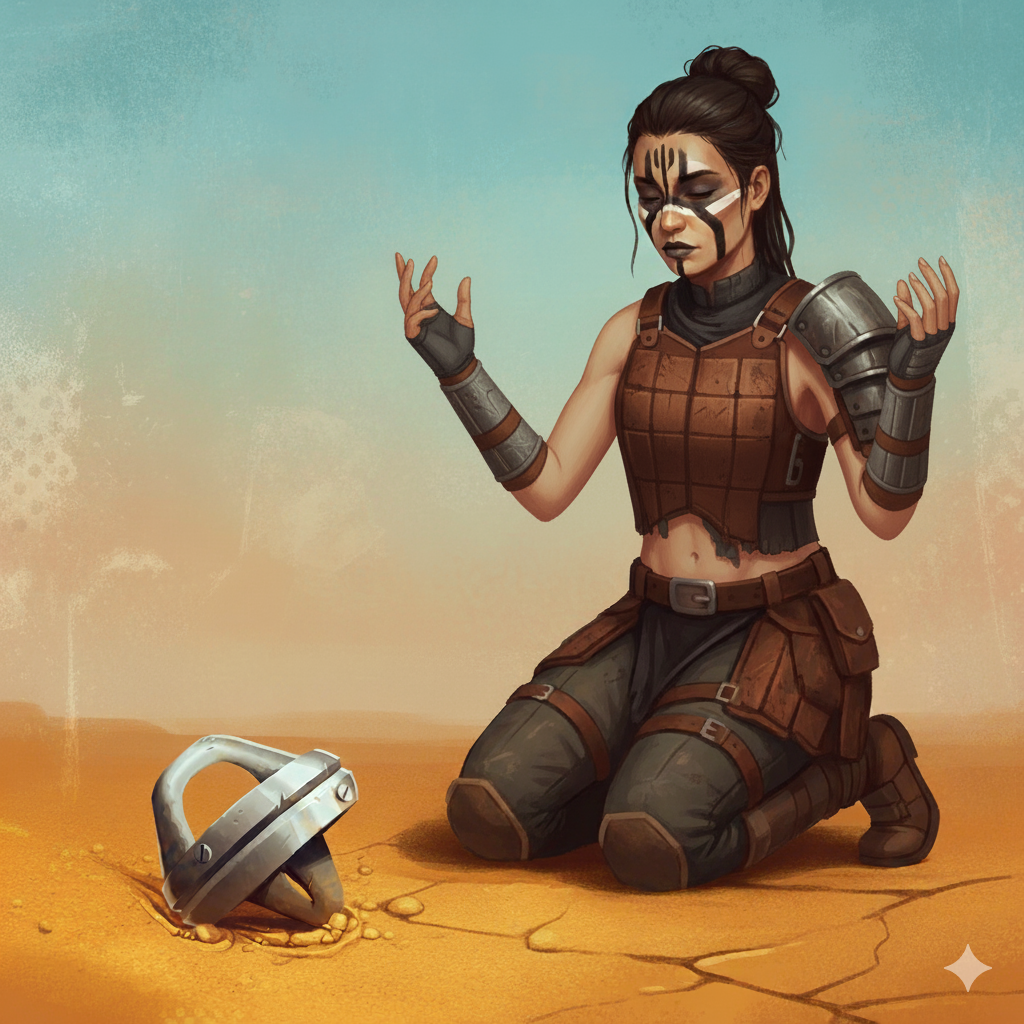
(ai-generated)
A crew waits in the arena, its seekers kneeling on the packed dirt floor.
Behind them, mechanical noises indicate their totem-pole rising and locking into position with its three plates.
KLANG. It is done.
KLANG, echoes the opposing totem in front of them as the rival crew slowly stands up.
All seekers shuffle into their positions, two of them stepping into the central qwik zone and grabbing one end each of the shaking torque, a mechanical ball wound up to violently twist and scatter.
"TOOORQUE!" proclaims the master of ceremonies, immediately followed by a crowd that finally breaks the silence by shouting "TORQUE! TORQUE! TORQUE!" in response.
The bout begins.
This wiki page refers the Torque's bout play, the stand-alone core experience where two opposing players face each other in the arena. The current rulebook can be freely downloaded on Torque Arena's itch.io page.
This other wiki page presents the campaign play system that can be used to tie together a string of bouts, weaving them into an ongoing narrative experience inspired by solo-journaling tabletop RPGs. This is a separate multi-semester 30c project.
¶ Developer
| Stage Persona | Inmate Number | Power | Flavour | Kink | |
|---|---|---|---|---|---|
 |
Alessandro Piroddi alessandro.piroddi@haw-hamburg.de @ UnPlayableGames |
2413895 |
Game Design |
Coffee |
Pears |
¶ Project
| Torque Arena (Core System) | |
|---|---|
| Start | Games Master WiSe 24/25 |
| Why | Master Project |
| Platform | Analog Tabletop |
| Genre | Miniatures / Sports |
| Language | English |
| Play Mode | 1-vs-1 |
| Duration | ~60 minutes |
| Status | Prototype |
| Current Version | 0.19 |
¶ Core Loop
A player performs one action with one of their seekers. The opponent then performs one action with one of their own seekers. This repeats until someone manages to fell the opponent's totem, winning the bout. This simple frame is then enriched by a structured action economy, a system of outcomes built on "bound randomness" and the management of limited resources, resulting in an engaging tactical experience.
¶ Actions & Dice
There are only four possible actions:
- Rush to move and take further action
- Push to shove rivals around
- Seize to grab the torque
- Throw to hurl the torque
They all require a dice test vs an opposed roll (or sometimes a fixed target number) to determine the quality of their execution, with three main outcome categories:
- Loss : you do it poorly or at a cost, or the opponent Wins
- Win : you do it
- Crit : you do it with extra benefits
Some outcomes present tactical choices or multiple options, and overall they are designed so that all actions result in a meaningful change of game state.
Dice rolls themselves are kept simple and as math-free as possible, while still providing useful and interesting outcomes:
- pick an action
- roll 3d6 + modifiers
- each 5 and 6 is a Hit
- compare your total Hits to a Target amount to get the outcome
Other important details about this system:
- ties are won by the actor
- modifiers are always to the amount of dice, not their numeric score
- 6s "explode" into new dice
- Edge (a limited resource) can be spent to boost die rolls
¶ Activations & Edge
The alternating flow of the game is kept light and agile by the bite-sized amount of things a player can do in their turn (one action). This core dynamic is then disrupted when players get to do an Extra action:
- by spending Edge (a limited resource)
- by performing some other action
- after a Rush
- after a successful "pass" (a Throw to a crewmate)
Either way, doing Extra always tires the acting seeker. This means tha actions can be chained together just reliably enough for small-scale tactics but also too unreliably for mid/long term strategies, and always at some kind of cost.
¶ Tide
This secondary resource acts as a rubber-banding mechanic that slowly gifts Edge to your opponent the more Extras you perform. And vice versa.
¶ Hype
This mechanic grants immediate resources that affect both the ongoing bout (Edge) and long-term campaign play (if relevant). More than that, it rewards players for performing game actions that, while potentially sub-optimal, can still be useful and also evoke a cool and spectacular feel.
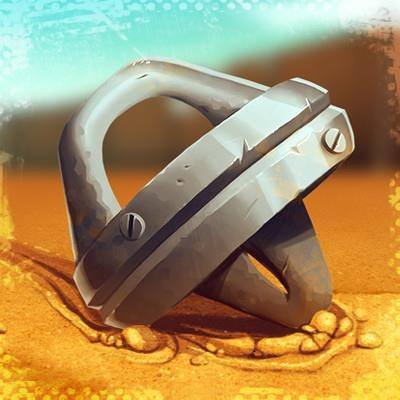
(art by Julia Roth)
¶ Design Philosophy
Torque Arena wants to be an approachable and n00b-friendly tabletop miniatures game, addressing many traditional features of this genre that tend to scare new players away, while still providing a genuine taste of what makes it unique. As such its core design goals are SPEED, ACCESSIBILITY and EXCITEMENT.
-
Full Contact Sport
Most miniature games focus on fighting and killing. A sport can offer an equivalent framing for competitive play while avoiding themes that, unless properly handled, can be unsavory and even toxic. -
No Model Removal
Sport games with mechanics to permanently remove models from play – be they killed, injured, knocked out, tired, etc – almost invariably devolve into a brawl, as "killing opponents" usually emerges as an easier, clearer and more effective strategy than actually engaging with the sport. Hence, Torque Arena does away with model removal. -
Short Play Time
Tabletop miniature games often require a lot of time to play. From full-day "epic" affairs, to your run-of-the-mill "battle" that takes up the good part of an afternoon, to more "agile" matches that still end up lasting upwards of two hours. It's time well spent in an enjoyable activity, but for many people such a commitment is a barrier to even try this kind of games.
Torque Arena is designed to last about 1h. -
Flow vs Crunch
Most miniature games favor a heavier and more complex approach to rules and mechanics, favoring depth of detail and granular customization over other game elements. This can be engaging and fascinating, but comes with well known drawbacks.
Torque Arena favors immediacy and flow instead. -
Small Crews
With just 5 seekers per crew, Torque positions itself within the lower rungs of skirmish games. Having fewer models in play makes the game faster and simpler, while preserving the feeling of piloting a team of people. -
Sudden Death
Victory happens the moment a crew fells the rival totem. This shortens game length dramatically. The "pressure plates" mechanic was introduced to balance this dynamic, preventing the game from lasting too little which could have led to unsatisfactory victories and undeservedlosses. -
Minimalist Activations
Limiting the amount of things a player can do within a single activation makes the game both faster and easier to engage with. -
Tactics > Strategy
Limiting the amount of things a player can do within a single activation also shifts play away from complex multi-action strategies towards leaner tactical thinking, again making things faster and more approachable. -
Hex Grid
The use of a clearly segmented play area removes an incredible amount of more or less visible points of attrition between players, fostering a smoother and more enjoyable play experience. -
Bound Randomness
Torque mechanics are designed to strike a specific balance between empowering and disempowering players in very specific ways through the use of dice.- On the one hand, player choices are meaningful, mastery of game systems is important, and skillful play is an ability that can be learned and cultivated.
- On the other hand, everything depends on very swingy dice rolls, making all of the above... less important.
- The goal is to make players feel capable when things go well, don't feel too bad when they go south, and be rewarded for playing thoughtfully but not for overthinking.
-
Exploding Dice
Rolling a "6" grants both a positive score and the roll of a new die, recursively. This is another Bound Randomness tool intended to make play unpredictable but with a specifically upward and success-oriented trajectory, promoting proactive and (mindful) risk-taking behaviour. -
Positivity
Overall, the underlying design philosophy favors positive reinforcement over punishment and failure as a way to bolster players into doing and trying, and to propel the game forward.- In situations of direct opposition there is no failure, only success for the actor or their rival.
- In uncontested actions there is no failure, only success with various degrees of quality or cost.
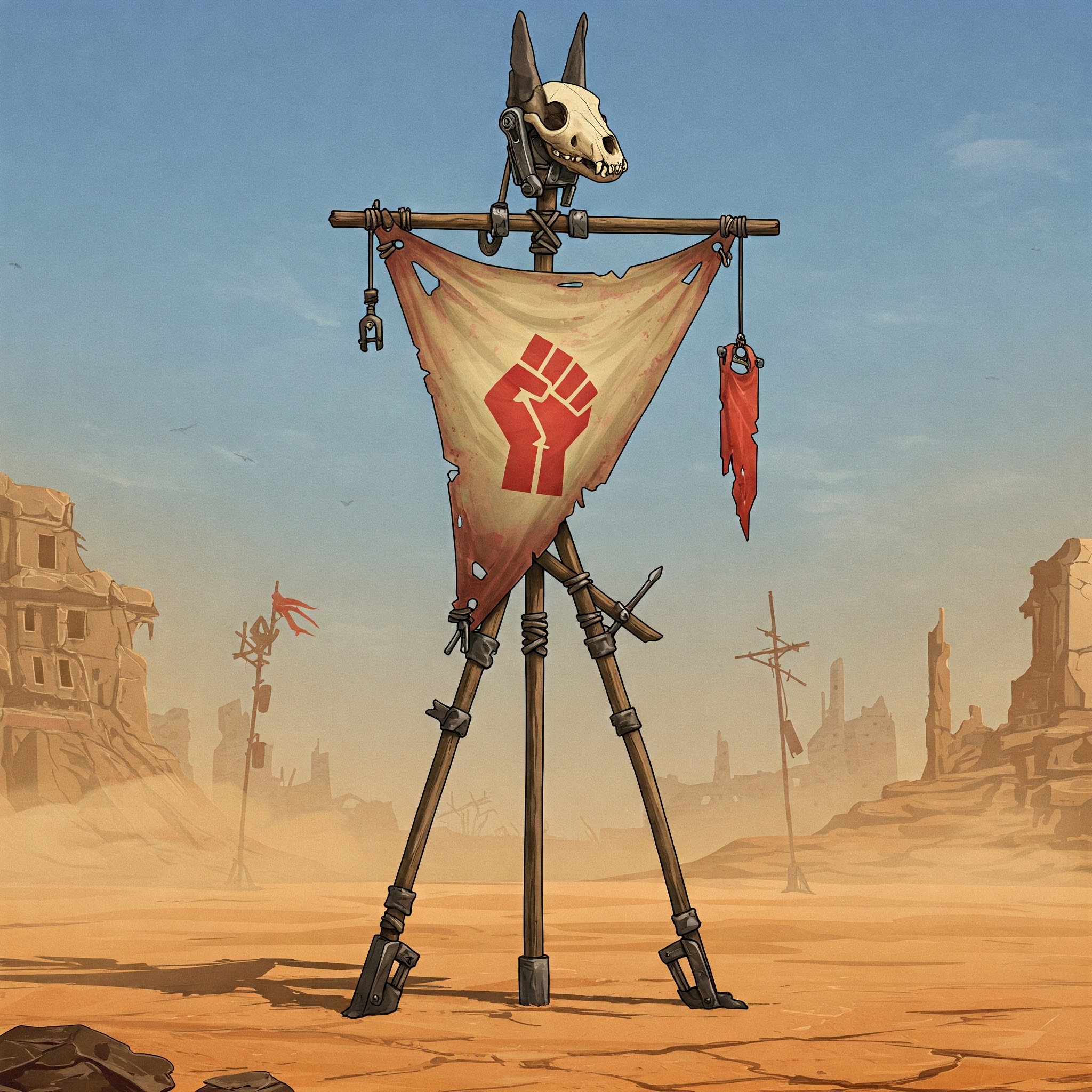
(ai-generated)
¶ Solarpunk
Most people understand "solarpunk" to be a utopian imaginary where all problems have been solved. It's nice, they say. But unachievable, they add. And frankly boring, they admit.
Screw that! è_é
Torque Arena is set in a harsh post-collapse world where small villages strive for survival against a ruined environment turned hostile.
This grim backdrop is the dark soil from which the seeds of solarpunk values and themes can truly grow and blossom:
- community is at the core of society
- kindness is strength
- understanding leads to success
- connection and empathy are more effective than isolation and egoism
- wellfare, not profit, is the goal of economy
The aim is to imagine and show how these values can look like in practice, how they can work even in a broken world of brutality and scarcity. How people coming together to build something better for everyone is a much better survival strategy than turning upon each other over the scraps.
In the core game (this project) these ideas are only expressed as background lore meanto to frame bout play. As a result, Torque is a ritual sport with many functions within the post-collapse society:
- it is a source of entertainment
- an outlet for pent up emotions
- a channel for the circulation of news, resources and people between communities
- an arbitration tool for disputes that have otherwise reached an empasse
- a cultural touchstone linking an otherwise fragmented population, representing positive values such as team-work, endurance and giri (義理)
In the expanded narrative campaign system (a separate project) such themes are instead at the front and center of the game activity, allowing players to imagine and explore how such a would could look like.
¶ Moodboard
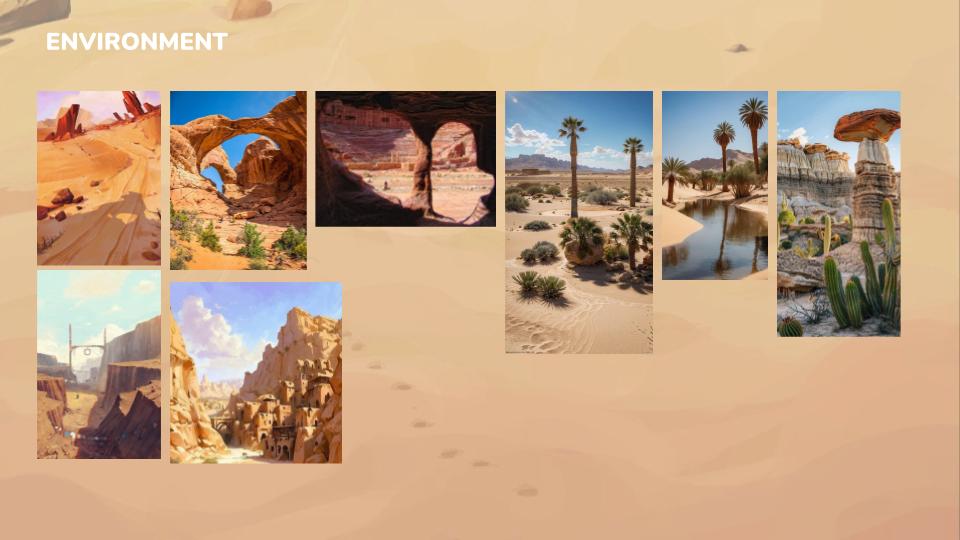
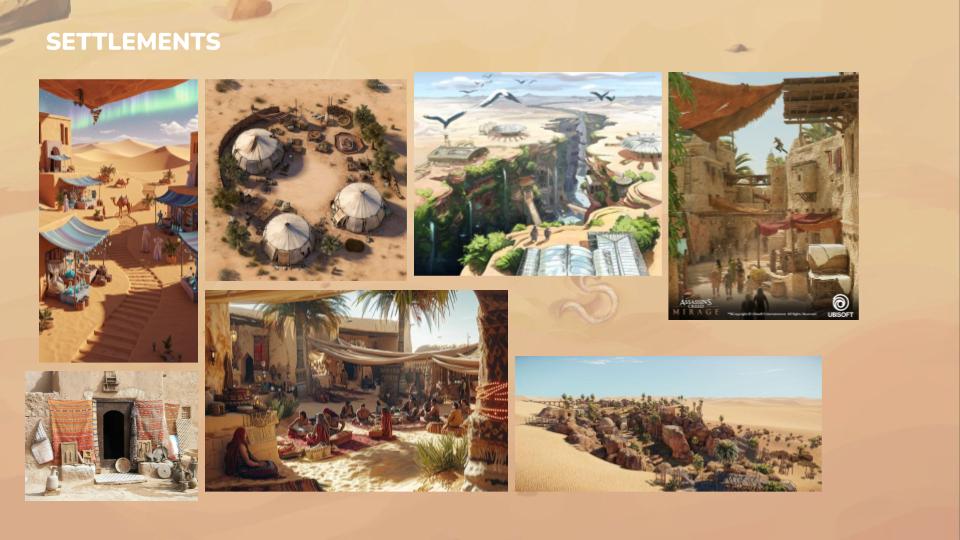
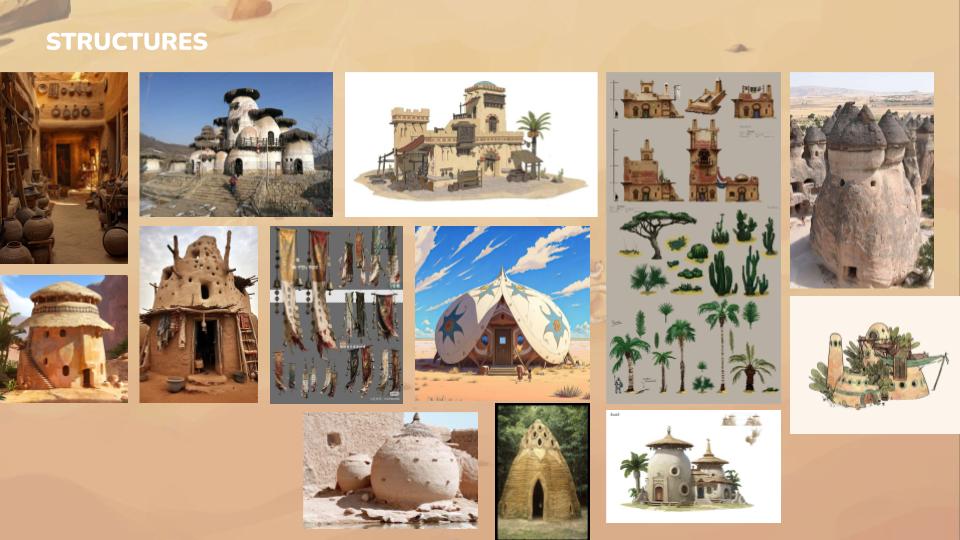
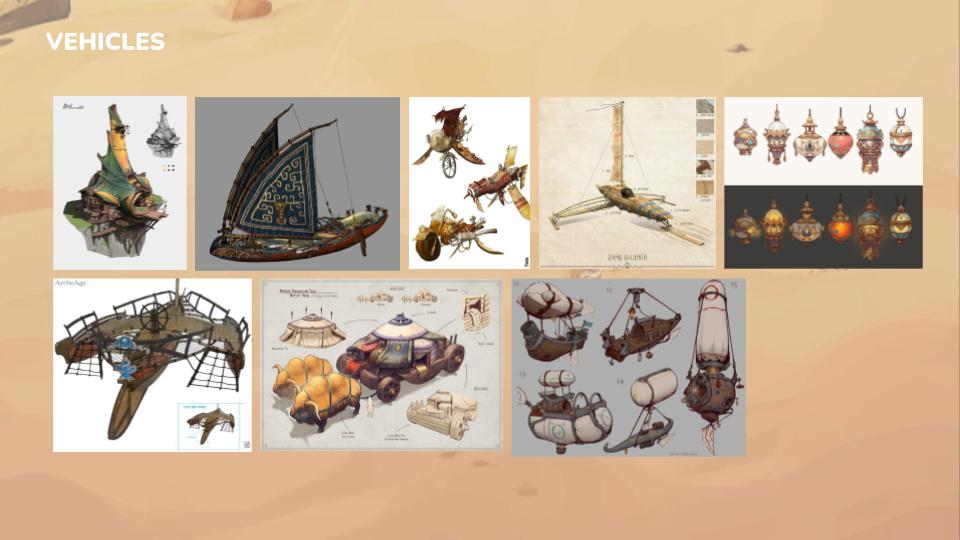
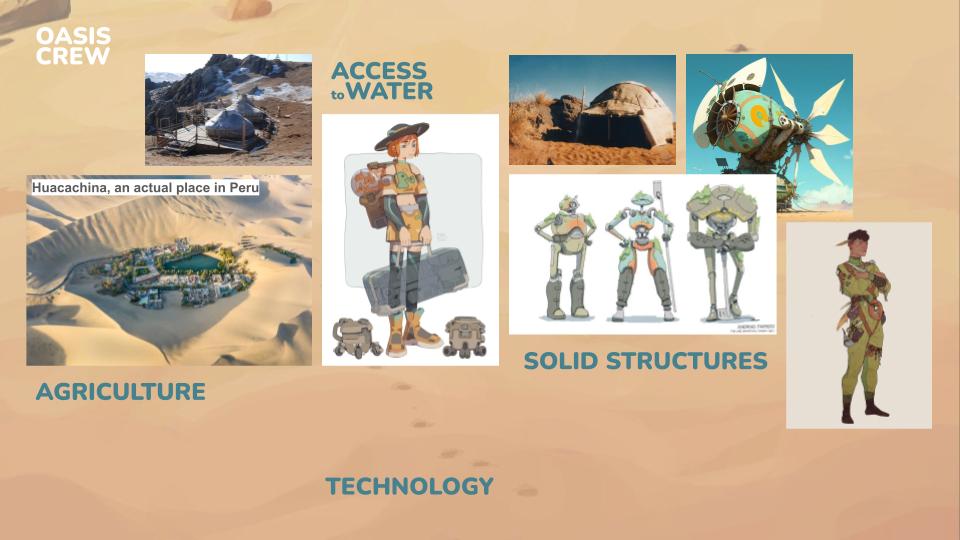
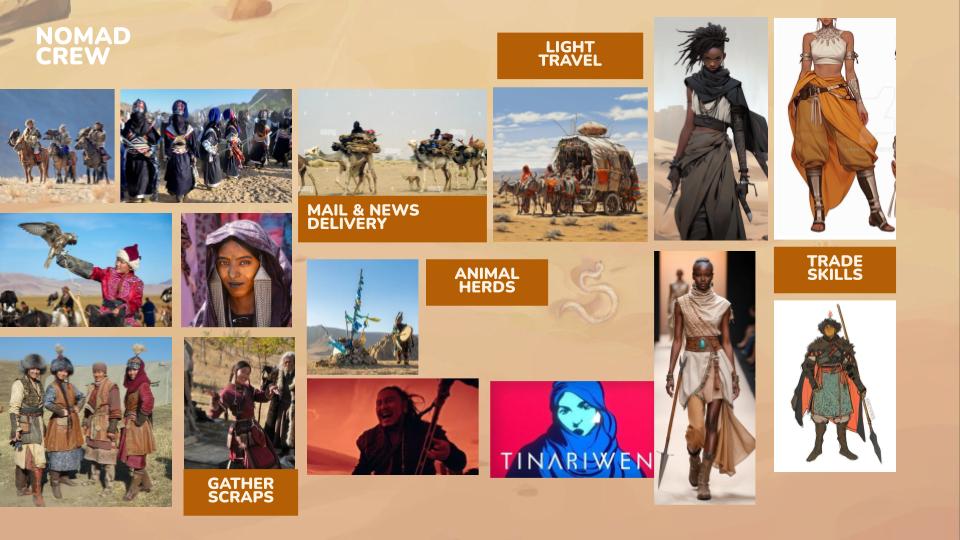
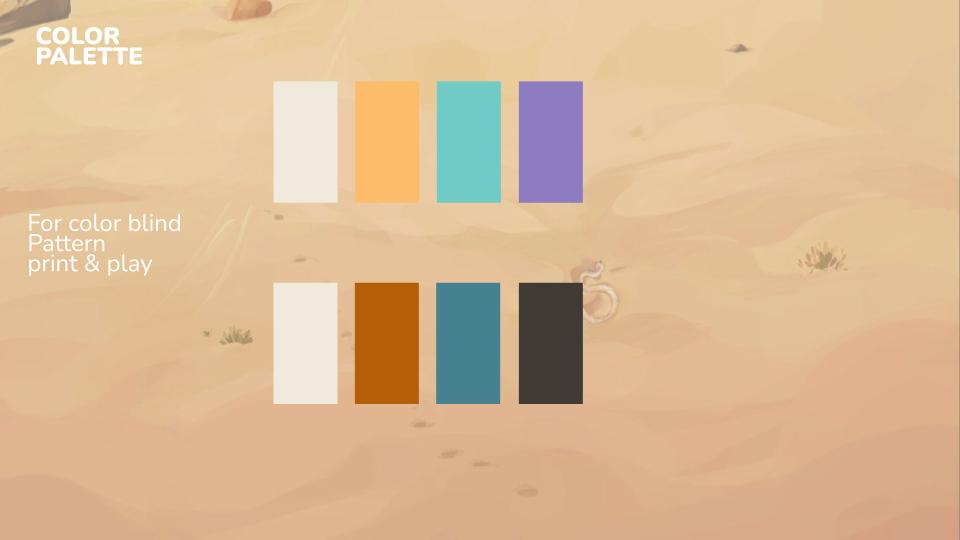
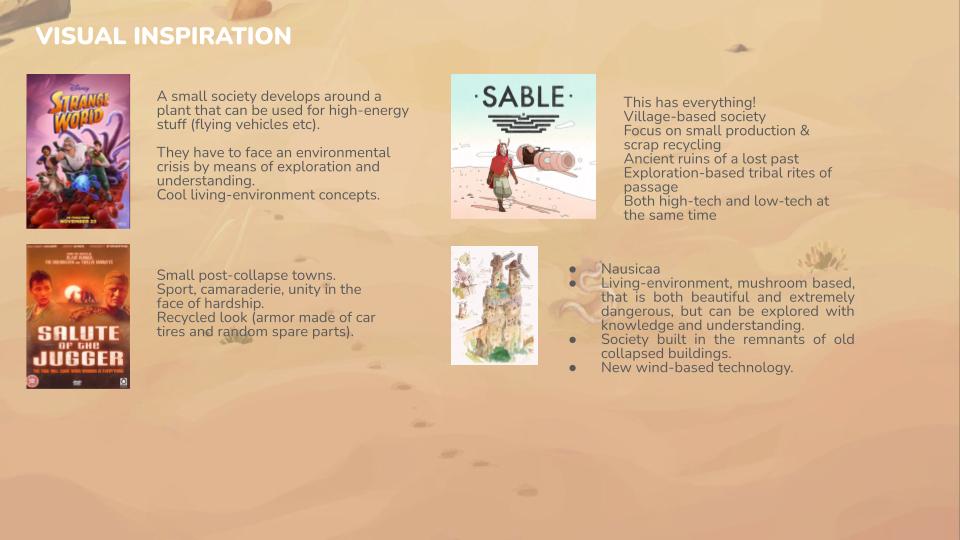
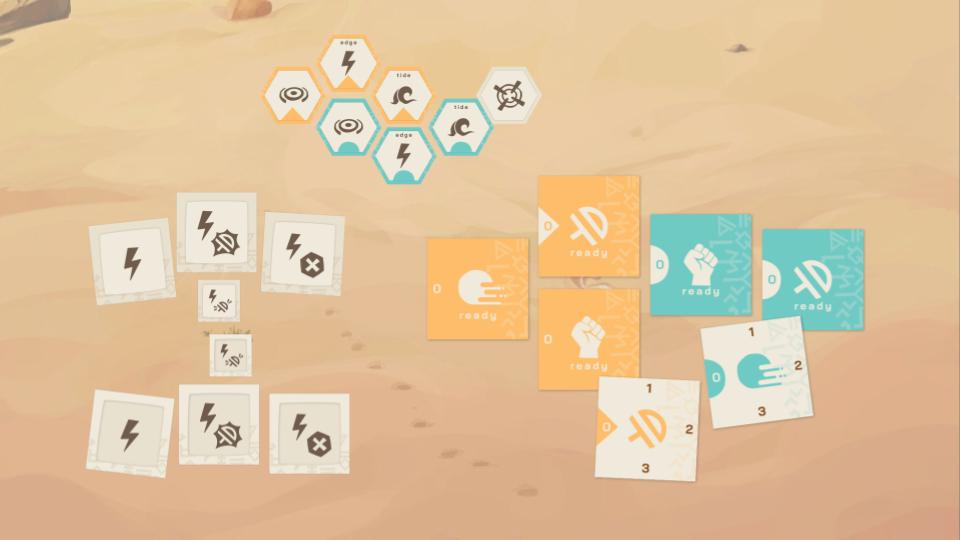
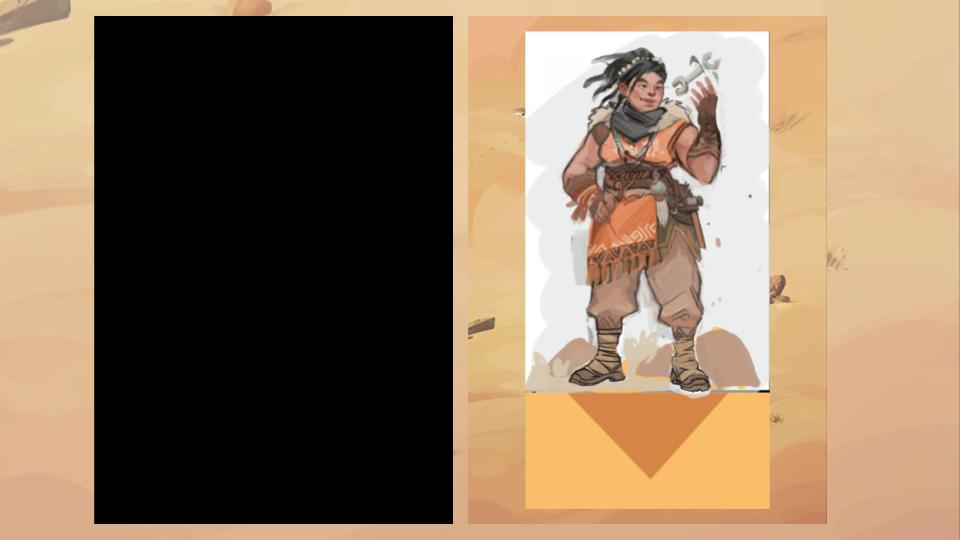
art by Alexandra Schilhart
¶ Main Inspirations
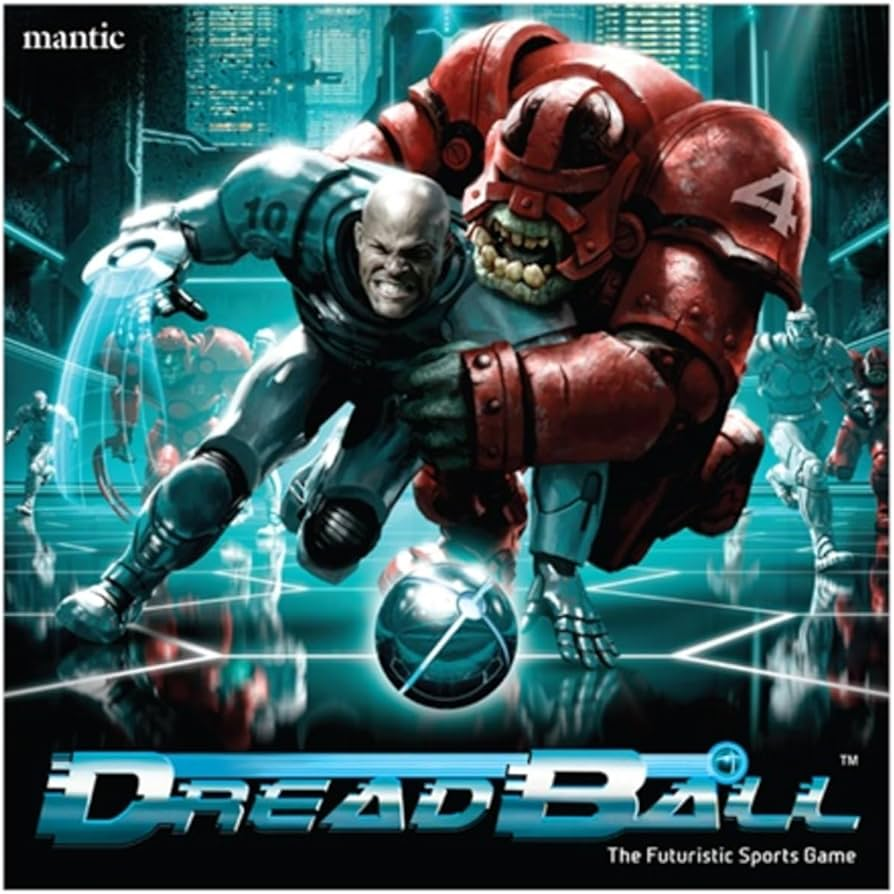 |
Dreadball Tabletop Game 2012 Mantic > hex-grid arena > athlete roles > dice-pool mechanics |
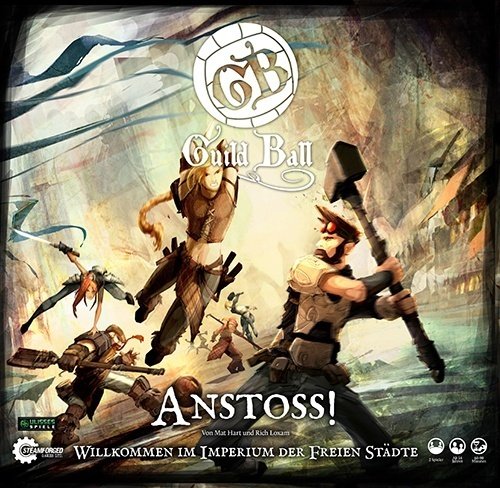 |
Guild Ball Tabletop Game 2015 Steamforged > sport as tool of social arbitration > in-arena terrain elements > pole-shaped goal |
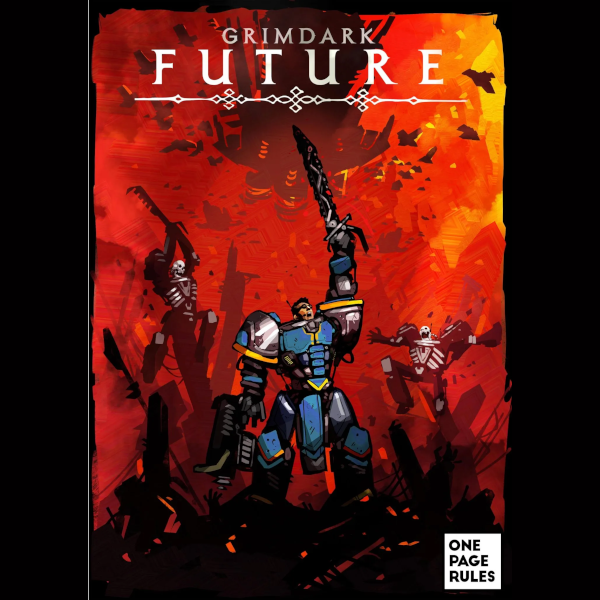 |
Grimdark Future Tabletop Game 2018 One Page Rules > focus on simplicity and ease of access > miniature agnostic mechanics |
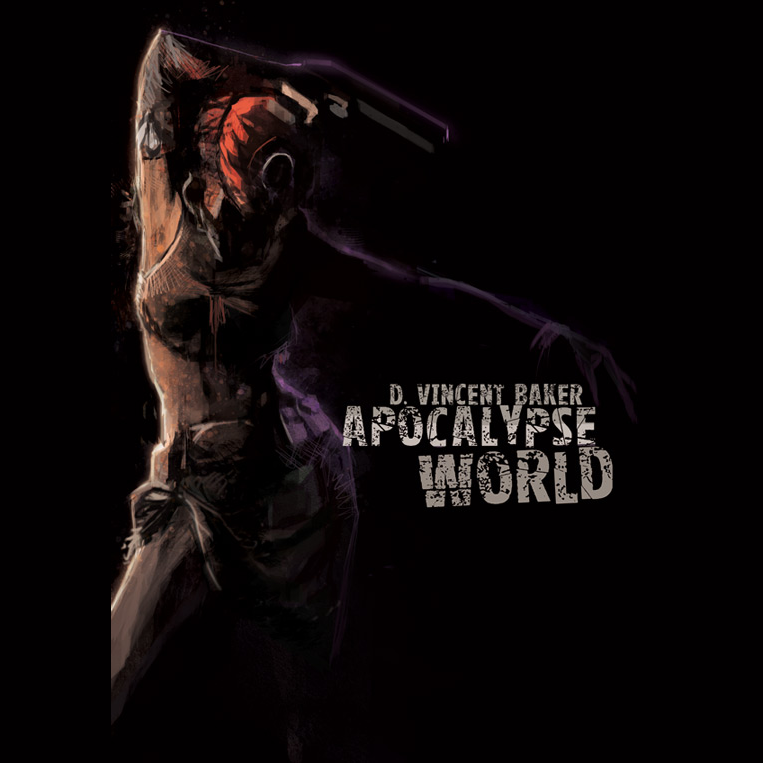 |
Apocalypse World Tabletop RPG 2010 Lumplay > emergent narrative mechanics > player-first fictional mechanics post-apocalyptic setting |
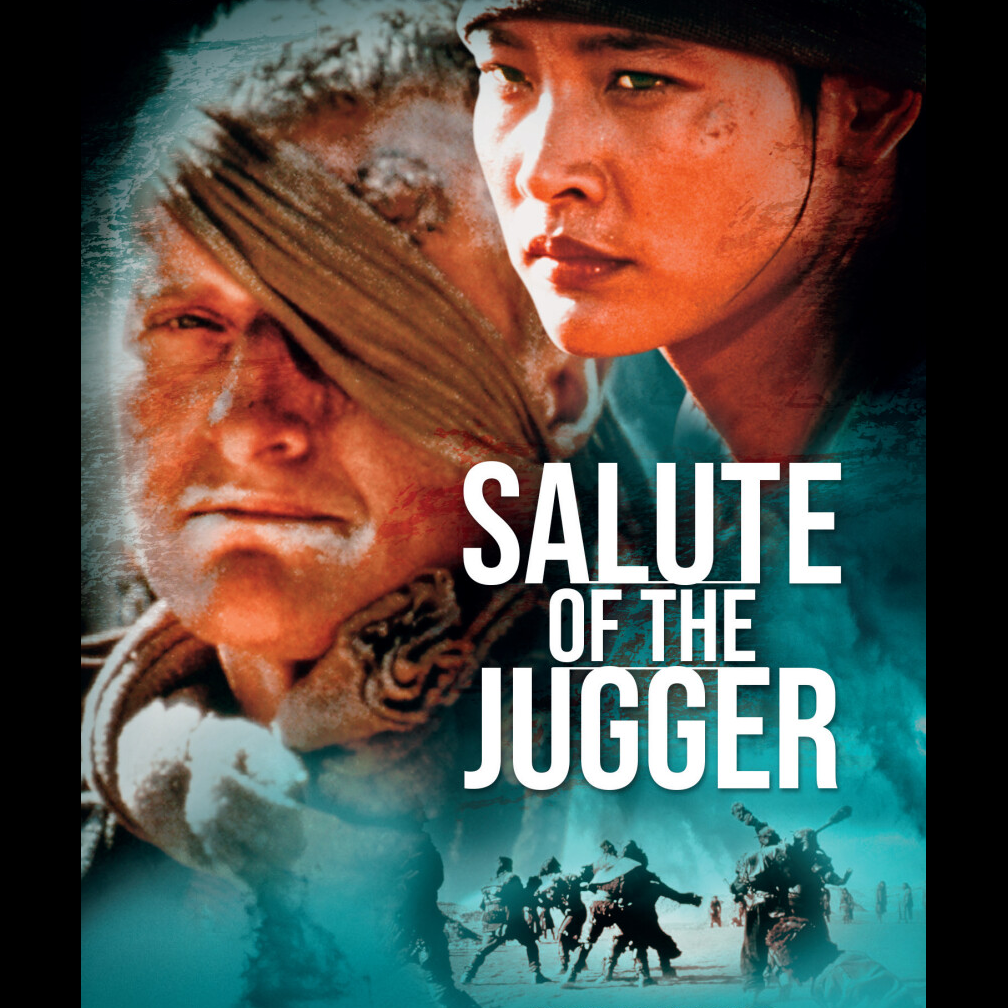 |
Salute of the Jugger (The Blood of Heroes) Movie 1989 > sudden death score mechanic > brutal but non-lethal action camaraderie among rivals > post-apocalyptic setting |
¶ Components
All the physical elements of the game have undergone numerous tests and iterations and – at the current time – are still being polished and subjected to changes big and small.
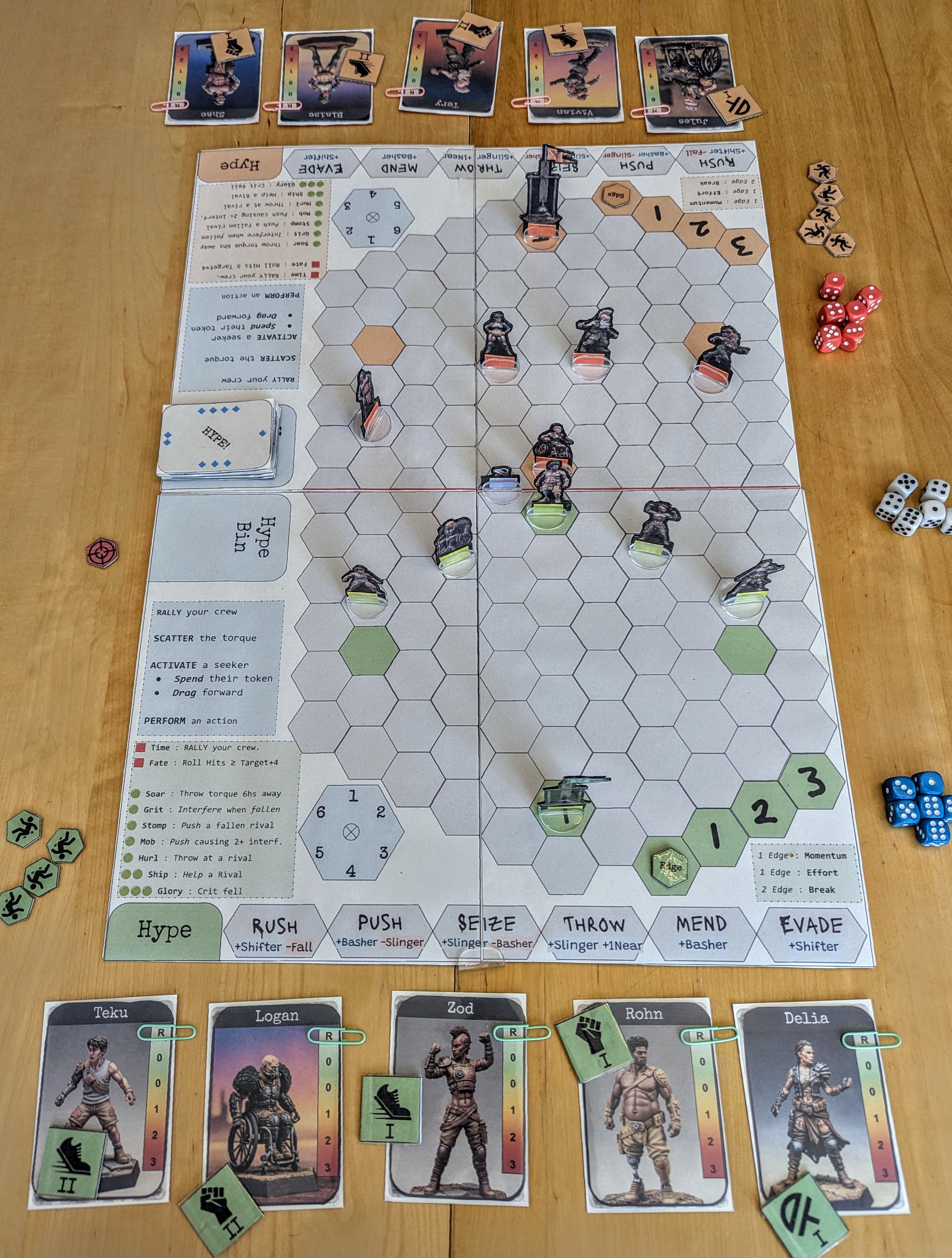
(prototype v016)
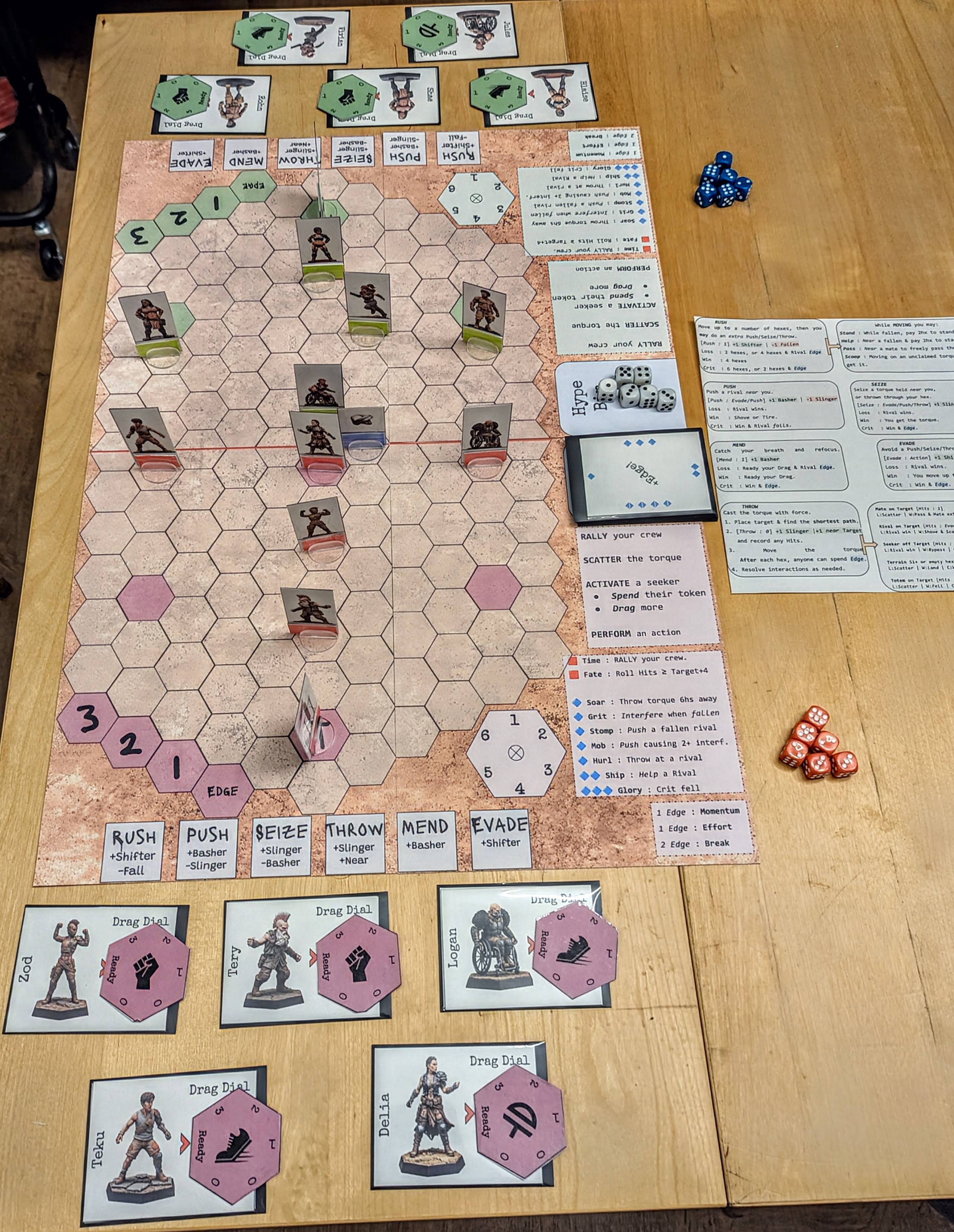
(prototype v017)
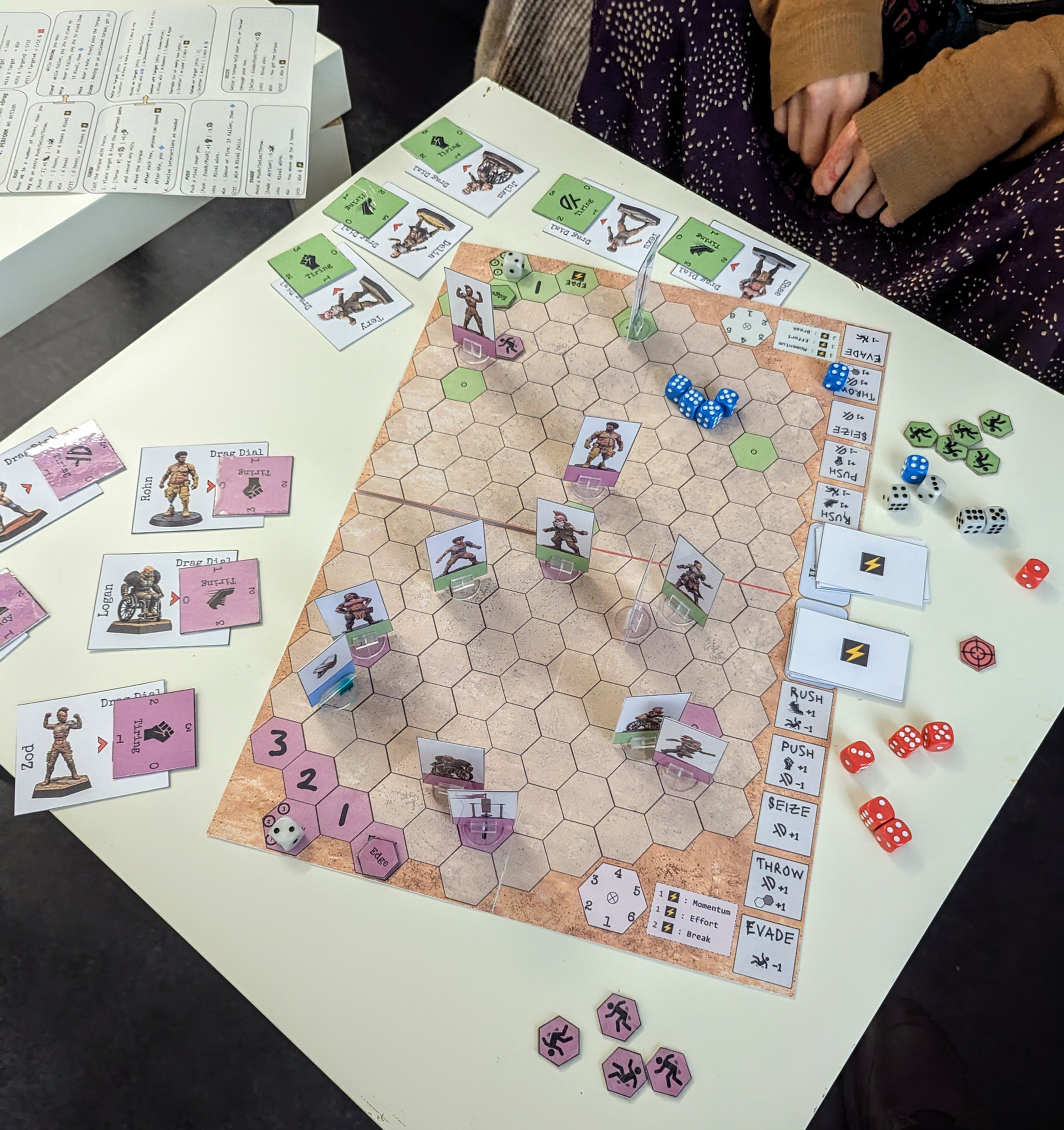
(prototype v018)
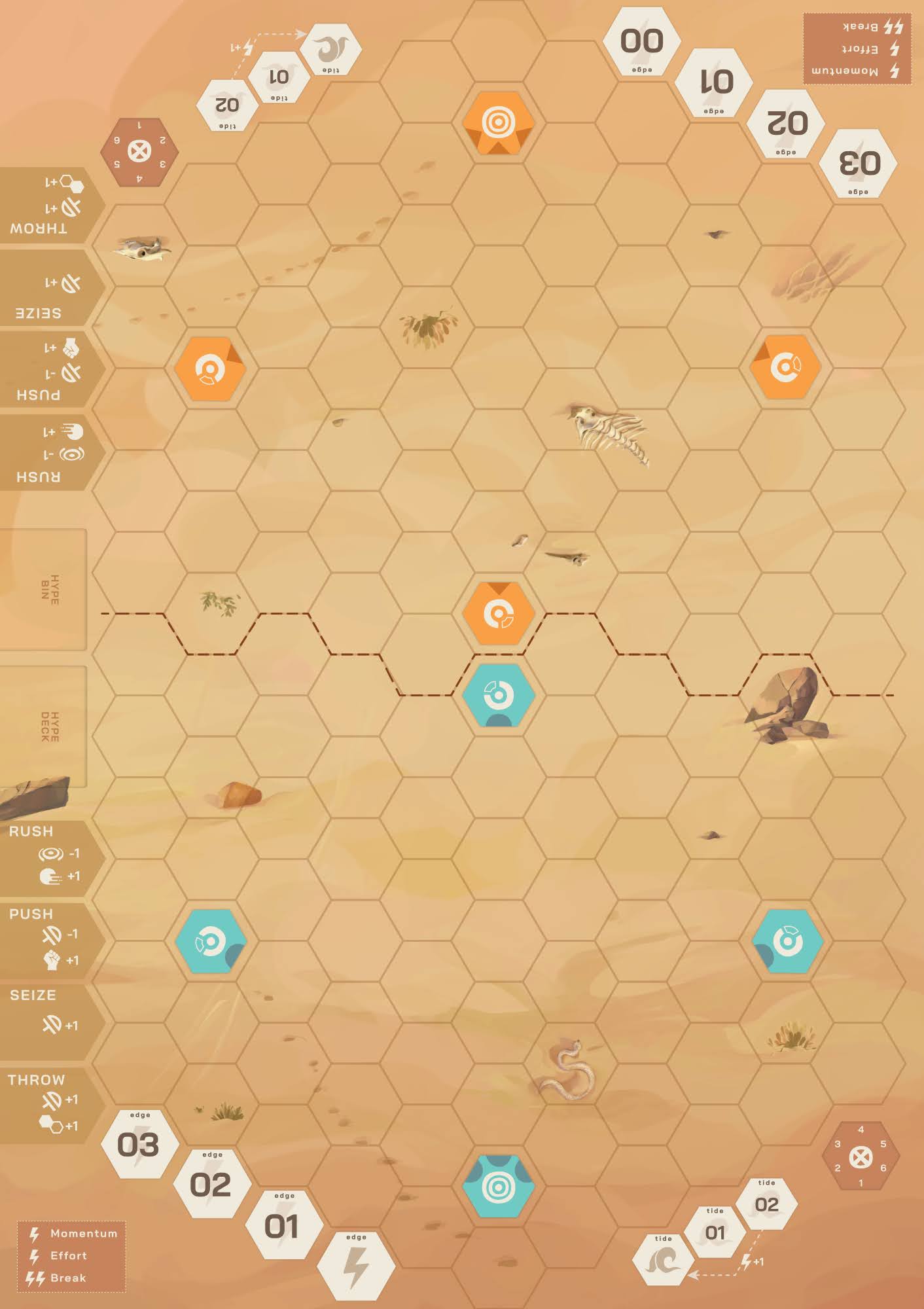
(prototype design v019)
art by Alexandra Schilhart
¶ Arena
The arena shape and size has changed a few times, eventually setting on the current design. It is big enough to allow a good range of motion for the 10 seekers on it, but also small enough to eliminate most if not all "slack" ... rival crews are immediately on each other face and no time is wasted covering "empty" ground.
The totem locations, as well as the pressure plates positions, have been studied to partly divert traffic from the arena center, requiring players to cover multiple distant locations with very limited human resources.
A summary of the most commonly used game elements is built into the arena borders:
- all the possible actions in the game, and their modifiers
- an Edge track with token
- a memo of the ways to use Edge
- a Tide tack
- space for the Hype deck and its discard pile
- a scatter template
A separate summary sheet provides all other necessary info:
- the full activation sequence summary
- the specific mechanics for all game actions
- baked and highlighted into the action mechanics, all the ways to gain Hype
¶ Cards & Tokens
Each miniature has its own corresponding card, with matching image for ease of identification.
Cards are used to track the Drag level of their seeker, and to place any object or token that should be directly linked specifically to that seeker: role/drag token, downed token, hype cards, the torque miniature (when there is no space on the arena board), etc.
These elements are still under heavy revision, as I am trying to optimize their design for ease of use and print-&-play friendliness. Striving for fewer and more poli-functional components is also helpful when thinking about the possibility of a more premium production, be it independend or backed by a publisher.
¶ MSCW
| MUST | SHOULD | COULD | WONT |
|---|---|---|---|
| > Rulebook · complete bout play · miniature agnostic · hype system > Cover Art |
> Rulebook Layout > Additional Art > Setting Lore > Narrative Campaign ( parallel project ) |
> STL 3D Models > Terrain Rules > Faction Rules > Tabletop Simulator Module |
> A Shiny Digital Port |